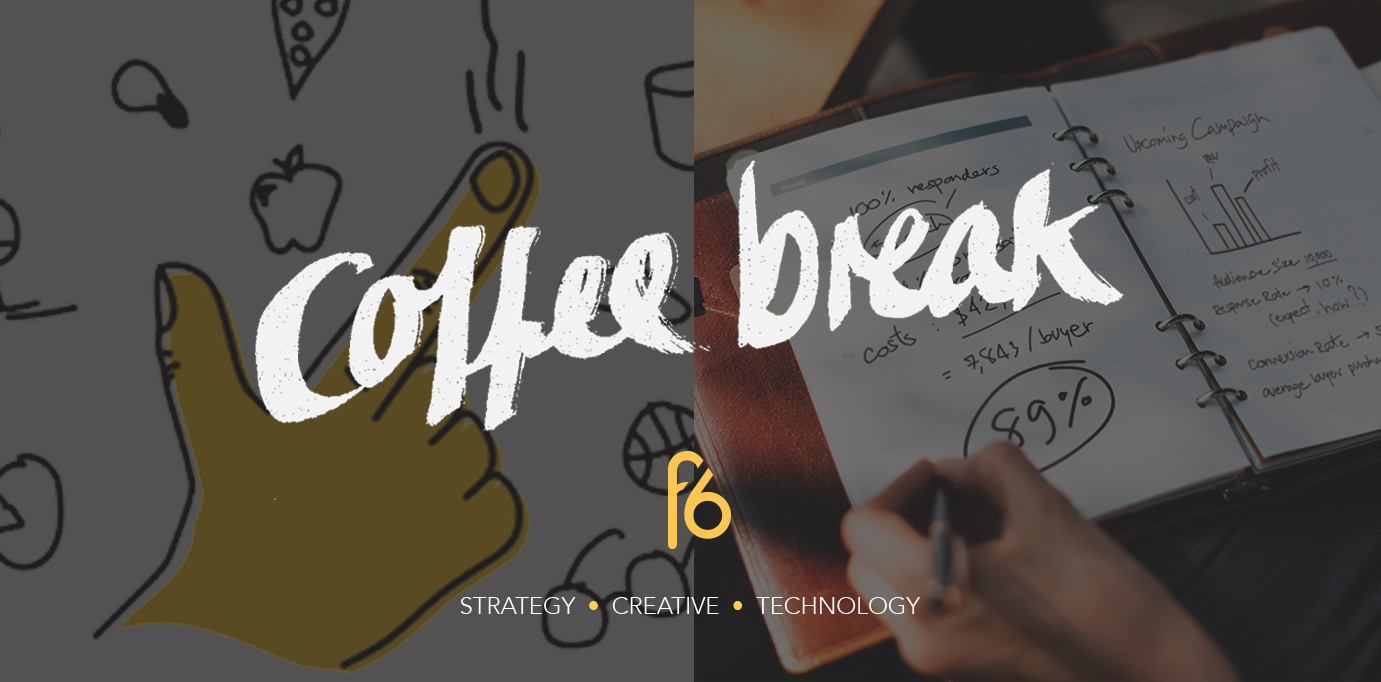Happy Friday! This week’s Coffee Break covers how to write the perfect brief with your agency, and how machine learning is helping to create successful iconography for brands.
Candice, MD
The importance of a good brief
Whether you are redecorating your house, booking a trip aboard, or ordering a service from a company or agency, you will have specifications to what your requirements are. For example, a decorator needs to know things like how big your house is, how much paint is required and what finishings are needed. If you are planning a trip abroad, you will need to have an idea of where you are planning to go. Do you require a child and pet friendly place, and how much are you wanting to spend? If you are ordering a data service from a company, you will need to supply how much data you require, which countries you require the data in etc.
When ordering a service from an marketing agency, the same rules apply in creating a successful project or working relationship. The importance of the brief is essential as it allows both the client and the agency to understand the expectations of the project—from simple operational requirements, to the aspirations and objectives of the client.
Yes things like cost play a huge factor, and I hear it all the time: “Please provide a quote with all the services that you offer”. But without knowing exactly what is required, or having an outline of the scope of work and aspirations of the project with an indication on budgets, it’s hard for any agency to provide a concise breakdown of the best options for a client.
It’s simple—it’s a two way conversation between the client and the agency to define all the details.
- What are the objectives? The client needs to outline the objectives and what they are hoping to achieve. What is the vision of the project?
- What is the target audience? What are their needs and how are you going to engage with them?
- Who are your key competitors? What are they doing successfully and what are your points of difference?
Once the above is outlined, a complete breakdown should be given for the project requirements. Details of what is needed with timescales and budgets (even if they are estimates), which will help to allocate costs towards various marketing activities.
A well thought out brief is imperative no matter what the scale of the project. From quick turnarounds to bigger projects, a solid brief is critical for the success of any project and working relationship.
Read more about writing creative briefs here.
Sian, Creative Strategist
What 117,000 doodles of a TV could mean for your brand’s iconography
In 2016, Google invited us to draw watermelons, mailboxes, sunglasses, and ambulances, all in an effort to help teach a neural network how to recognise doodles. This week they’ve open sourced the data for ‘developers, researchers, and artists to explore, study, and learn from’.
Log on to the site and you have 20 seconds to draw a random object selected from 345 categories. Meanwhile, the neural network voices it’s guesses as to what it thinks you’re doodling in a pictionary-esque fashion. It’s a game built on machine learning, drawing on the principle that the more people play it, the more data the network has, the more it learns, and therefore the better it gets at guessing.
Since then, over 15 million people have taken part, producing 50 million drawings that collectively make the world’s largest doodling data set.
How the neural network uses previous data to make its guesses
But, apart from the joy of scrolling through some hilarious drawings (check out yoga), why is this important?
Of course, it’s contributing valuable research into machine learning (where else can you get 15 million different people to teach your neural network how to do something?), but for designers it’s valuable data that contributes to the study of semiotics, which has wider implications for how we can predict how people will understand the symbols and signs brands might draw upon.
By looking at the data set, we can identify patterns in how people draw items, which in turn helps us to understand how collective groups of people think about objects.
The importance of this data set for iconographers can be seen in examples of how we draw TVs. A quick scroll of the 117,000 doodles of TVs in the database reveals that an overwhelming majority are constructed of four lines placed at similar proximities and angles: a square within a square, and two lines protruding at 45 degree angles away from each other from the top.
From this we can draw two conclusions. Firstly, it shows us that culture isn’t intrinsically linked with technology and often happens to be a decade or so behind—when was the last time you saw a TV with an ariel like that? And yet it appears to be ingrained in our cultural psyche. You can also see evidence of the way we understand this symbol when you look at the TV emoji.
Secondly, the success of iconography for brands relies heavily on an understanding of semiotics, which isn’t always straightforward and should be based upon on wide reaching sampled research like this.





